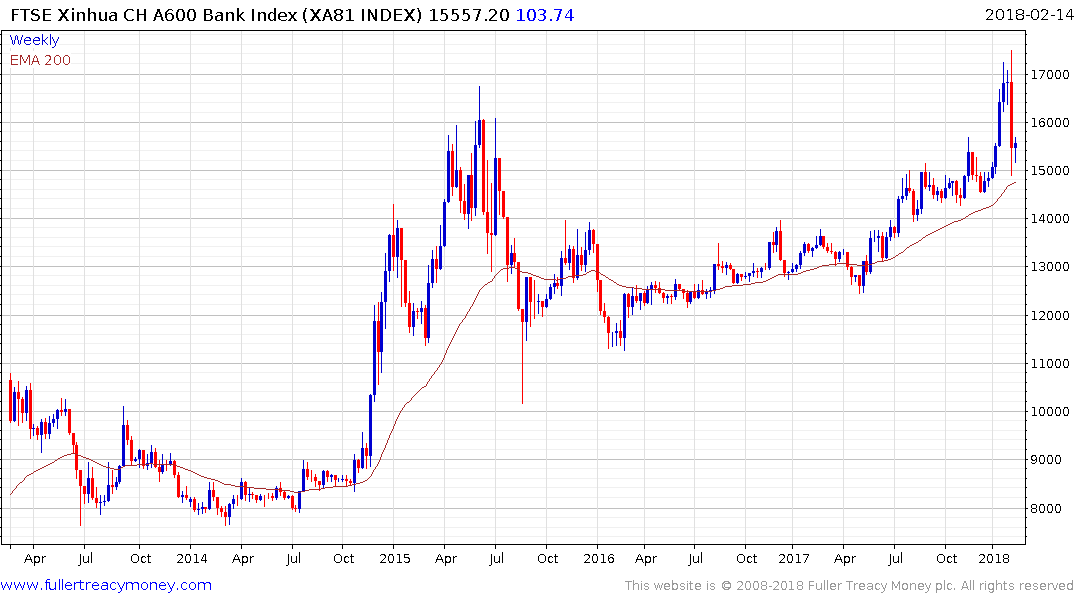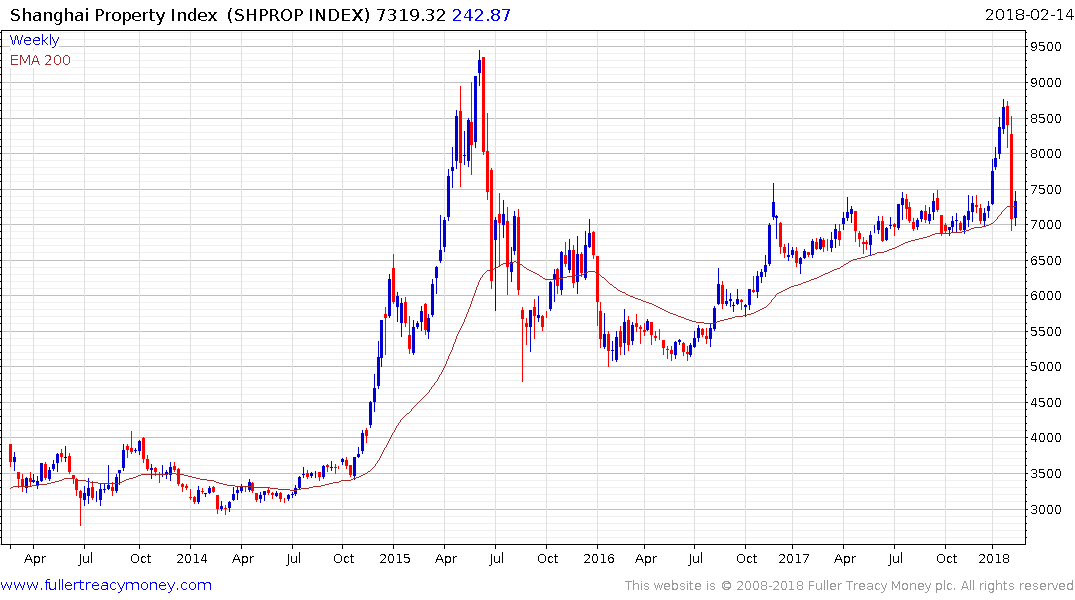Mapping shadow banking in China: structure and dynamics
Thanks to a subscriber for this report from the Bank for International Settlements. Here is a section:
Understanding the structure of China’s shadow banking system is crucial for analysing China’s financial system. We provide a stylised map of shadow banking in China, which highlights the main forms of shadow banking and the resulting financial system interlinkages. Shadow banking in China takes a markedly different form compared to that in the United States. A key characteristic is that commercial banks are the dominant players in China’s shadow banking system. The system is effectively a “shadow of the banks”, while securitisation and market-based instruments still play only a limited role.
We show that the structure of shadow banking in China is evolving. Its size and dynamics have changed rapidly in recent years. The main area of growth has shifted from shadow credit provision to private firms with less privileged access to formal bank credit, towards offering alternative savings instruments (e.g. WMPs and trust products). Similarly, at the intermediate stage, new and more complex “structured” shadow credit intermediation has emerged and quickly has reached a large scale. This is driven by banks trying to alleviate regulatory burdens (e.g. NPL provisions or LTD ratio ceilings) through a reclassification of existing bank assets into investment receivables. Tight and growing financial sector linkages further raise the potential for the transmission of financial shocks among savers, banks and the bond market. In addition, new forms of internet-based credit intermediation, such as P2P lending, have been expanding at an extraordinary pace. As a result, shadow banking in China is growing more complex and thereby becoming slightly more similar to the US shadow banking.
We tend to hear a great deal about the problem of non-performing loans and the shadow banking sector in China. However, a point that often seems to be overlooked is that not every bank is equally affected.
The large state-owned banks like ICBC and China Bank enjoy state backing, ample access to liquidity and therefore do not have the same exposure to the riskiest portions of the market. On the other hand, the smaller regional banks have been among the most active in selling the kind of ‘wealth products’ associated with the shadow banking sector. They are more reliant on their domestic property markets, have less access to the equivalent of the discount window and therefore tend to rely on leveraged products to earn income.
From a stock market perspective, it is the large banks, insurance companies and brokers that dominate the A-Share market. Meanwhile there are a substantial number of regional bank IPOs in the pipeline. The appetite for these issues among investors will offer perhaps the clearest window yet into the sustainability of the Chinese shadow banking system.
China proved more susceptible to the uptick in volatility on Wall Street last week than other emerging markets. The only logical conclusion we can draw from that development is there were leveraged positions in the Chinese market that were closed when the short VIX trade imploded.

The FTSE A600 China Banks Index has steadied in the region of the trend mean and will need to continue to hold the 15,000 area, if potential for continued higher to lateral ranging is to be given the benefit of the doubt.

The Shanghai Property Index has steadied in the region of 7000, which approximates the region of the trend mean and the upper side of the previous range. It will need to hold this area if recovery potential is to be given the benefit of the doubt.
With the mainland market now shut for a week, over the New Year holiday, how well the lows hold after the break will be worth monitoring.
Back to top

